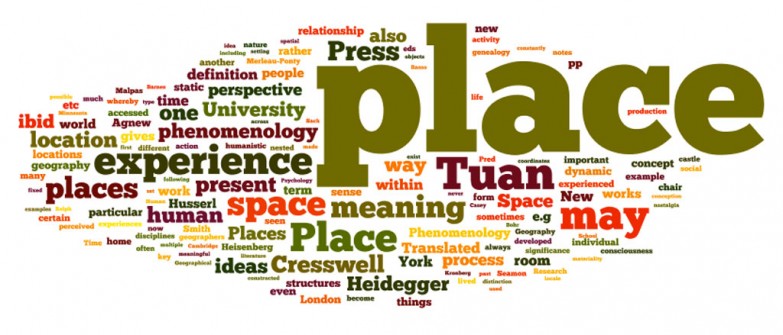Explain the use of different print media for DSC activities Electronic media and print media for development support communication include: Broadcasting, in the narrow sense, for radio and television. Many instances of various types of recorded discs or tapes. In the 20th century, these were mainly used for music. Video and computer uses followed. Film, most often used for entertainment, but also for documentaries. The Internet, which has many uses and presents both opportunities and challenges. Examples can include Blogs and podcasts (such as news, music, pre-recorded speech, and video) Mobile phones, which can be used for rapid breaking news and short clips of entertainment like jokes, horoscopes, alerts, games, music, and advertising Publishing, including electronic publishing Video games, which have developed into a mass form of media since cutting-edge devices such as the PlayStation 3, XBox 360, and Wii broadened their use Audio recording and reproduction Sound recording and […]
DEFINING THEORY – Post Positivism-hermeneutic-critical-normative
Scientists, physical or social (however narrowly or broadly defined), deal in theory.“Theories are stories about how and why events occur…. Scientific theories begin with the assumption that the universe, including the social universe created by acting human beings, reveals certain basic and fundamental properties and processes that explain the ebb and flow of events in specific processes” (Turner, 1998, p. 1). Theory has numerous other definitions. John Bowers and John Courtright offered a traditional scientific definition: “Theories … are sets of statements asserting relationships among classes of variables” (1984, p. 13). So did Charles Berger: “A theory consists of a set of interrelated propositions that stipulate relationships among theoretical constructs and an account of the mechanism or mechanisms that explain the relationships stipulated in the propositions” (2005, p. 417). Kenneth Bailey’s conception of theory accepts a wider array of ways to understand the social world: “Explanations and predictions of social […]
DEFINING AND REDEFINING MASS COMMUNICATION
In recent decades, DEFINING AND REDEFINING MASS COMMUNICATION the number and variety of mass communication theories have steadily increased. Media theory has emerged as a more or less independent body of thought in both the social science and humanistic literatures. This is intendedas a guide to this diverse and sometimes contradictory thinking. You will find ideas developed by scholars in every area of the social sciences, from history and anthropology to sociology and psychology. Ideas have also been drawn from the humanities, especially from philosophy and literary analysis. The resulting ferment of ideas is both challenging and heuristic. These theories provide the raw materials for constructing even more useful and powerful theoretical perspectives. If you are looking for a concise, definitive definition of theory, you won’t find it in this book. We have avoided narrow definitions of theory in favor of an inclusive approach that finds value in most systematic, […]
Characteristics & Techniques of Writing Feature Story
Feature Story: A feature story is any piece of writing that falls between the cut-and-dried news story on the one hand, and the w holly fictionalized story or opinionated essay 011 the other hand. It is the product ol tactual reporting and reporting to which are added story elements of imaginative writing and interpretation. The special feature article is similar to news story in that it gives the readers facts in an interesting form. But it goes beyond those facts by multiplying them with study, research, and interviews to instruct, guide and entertain the readers who know about the subject as well as those who do not know. Feature stories can be news stories. Features can be investigative. Features can be in-depth studies. Features can be for fun. The subject can be anything: places- a community, a farm, a business, topics-education, science, economy, religion, philosophy; events-parades, programmes, concerts; people-well known […]
differences between spoken and written language
Spoken language Spoken language is a form of human communication in which words derived from a large vocabulary (usually at least 10,000) together with a diverse variety of names are uttered through or with the mouth. All words are made up from a limited set of vowels and consonants. The spoken words they make are stringed into syntactically organized sentences and phrases. The vocabulary and syntax together with the speech sounds it uses define its identity as a Particular language. Some human languages exist with their own vocabularies and syntax that are not spoken but use sign gestures. Sign languages have the same natural origin as spoken languages, and the same grammatical complexities, but use the hands, arms, and face rather than parts of the mouth as their place of articulation. Many spoken languages are written. However, even today, there are many world languages that can be spoken but have […]
